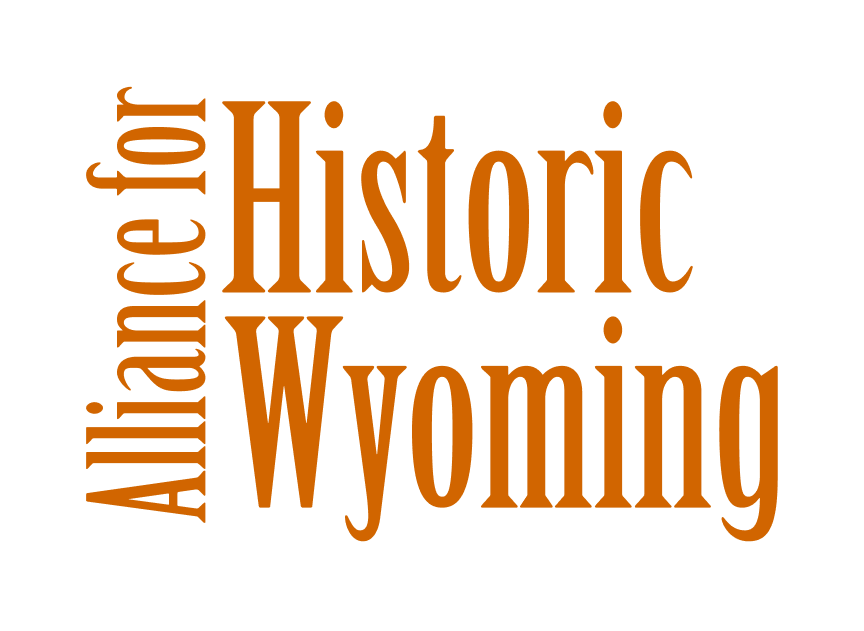By Lesley Wischmann
February 4, 2016
South Pass, with its gradual and easy climb through the Continental Divide, opened the West for settlement. Its easy grade made it possible to take wagons through the rugged Rocky Mountains and contrasted sharply with the ”North Pass,” the disastrous route through the Rockies that Lewis & Clark had finally stumbled across in the Bitterroot Mountains during their historic trip West in 1805. The first documented crossing of South Pass by white men happened in 1812 when Robert Stuart and six companions crossed here on their return east from Astoria. The overland emigration began in earnest three decades later.
For the emigrants, the South Pass crossing started at Independence Rock where their slow, steady climb over the Continental Divide began. Many didn’t even realize the backbone of the Rockies had been conquered until they reached Pacific Springs, so gradual was the incline. But once over the Pass, they knew they were well on their way to their new life in the promised land!
Officially known as the Greater South Pass Historic Landscape, this important historic landscape begins at Independence Rock, traveling past Devil’s Gate, Split Rock, multiple crossings of the Sweetwater River, the Ice Slough, Rocky Ridge, South Pass, the Oregon Blues, Pacific Springs, and ending at Dry Sandy, just west of State Route 28 southeast of present-day Lander, WY.
This historic landscape has special significance because the multiple routes used by the estimated 400,000 19th century emigrants converged to form a common trail corridor near present-day Casper, WY before parting again beyond Dry Sandy. These sites were some of the very few passed by all who took part in history’s largest voluntary mass migration.
LIKE WHAT YOU JUST READ?
- Browse our archive of Historic Places and Spaces Profiles by clicking here.
- To learn about all of our campaigns and initiatives, click here.
- Subscribe to our newsletter to learn more about what’s going on in Wyoming.
- Donate or become a member to help us produce stories, organize events, and be a voice for preservation across the state.
- Like us on Facebook, and follow us on Twitter and Instagram to see our latest updates!





